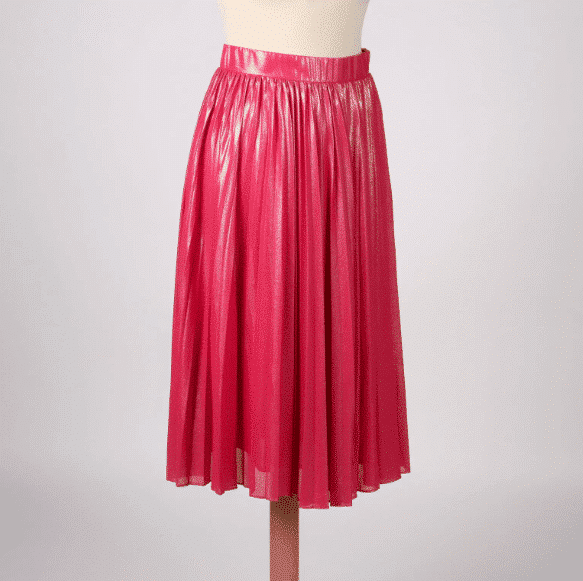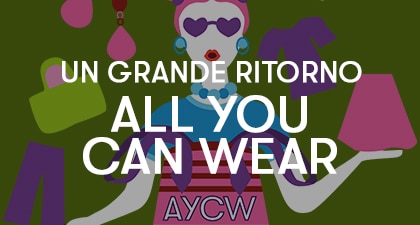A rainbow of colors: red

Red is a primary color.
After white and black, the third episode of this colorful series of articles is dedicated to red.
Red is a primary color, and its action is to provoke physical reactions such as an increase in heart rate. Red is the archetypal color, the quintessential color. To say something is “red” means much more than just assigning a specific wavelength to the object.
The reasons for this date back to a time when humans, with the range of reds, gave their best. Nature provided pigments and dyes that humans used long before other colors. Think of the paintings found in caves, made with red clay earth. Later, red proved to be a more faithful ally than other colors for dyeing fabrics and clothes.

The different symbolisms of red.
In many cultures, the origins of the earth are imagined as red. Adam was created from clay, red clay, and red is the blood of the Earth that became that of humans. Red is associated with the vital spark that ignites and animates inert matter. Red is fire, both creator and destroyer at the same time.
Among the meanings of red, we find on one side strength, life, and love, while on the other side, death and violence. Red is, in fact, the color of gods, kings, and warriors, but also that of the devil, and hell.
More than any other color, red draws attention: on one hand, it signals danger or imposes a ban, while on the other, it emphasizes the strength of an idea and pleasantly captures the eye. That is why it is widely used for emblems, flags, signals, and logos.

Positive and negative traits of red.
As we just saw, the positive traits of red include warmth, energy, excitement, passion, and lust. It is also connected to courage and rebellion.
The negative psychological traits of red are its ability to evoke anger, annoyance. Excessive use of red can feel oppressive and provoke sensations of oppression, impatience, and competition.
An example? The characteristic color of Ferrari is red, through which aggression is channeled into competitive confrontation.
Red and Christmas.
Red is the symbol of today’s Christmas, a holiday that ritually celebrates the archetype of renewal of life and its perpetual regeneration. Red are the Christmas decorations, the gift packages, the setting of the Christmas tables, and also the typical holiday clothing.
In general, in contemporary societies, red is a color of celebration, associated with joy, love, and beauty.
Raffaella and I took the opportunity, with the holidays approaching and the Di Mano in Mano clothing department in Cambiago freshly decorated for Christmas, to take a red look photo.

Raffaella is wearing:
- Vintage wool sweater by Benetton
- High-waisted second-hand miniskirt
- Oversized vintage wool bomber
- Vintage red belt with golden hardware
- Vintage heels with ankle straps
All items are available at the Cambiago store (via Castellazzo 8), and the shoes are also available in our online store on this product page.

Male red and female red
Once, red, the color of action, power, and war, was a masculine color. Over time, its meaning shifted to represent the splendor and pleasure of the feminine sphere.
This also explains a particular association between the colors blue and red “muted,” that is light blue and pink, and children’s clothing. At the beginning of the 20th century, when young children started wearing color, blue and its pastel shades were considered more appropriate for girls, while pink, a muted red, symbolized strength, power, and thus masculinity.
The traditional association of blue for boys and pink for girls was created only in recent times.

When to wear red.
The colors we wear provoke different types of reactions in us and others. Translating the reflections we just made about the symbolism of this color into the world of fashion and clothing, we can make interesting observations.
When red is positive, it is worn when you want to be noticed: it attracts attention and makes the wearer appear closer than they actually are. Red is the color of passion, so it is the obvious choice if you want to appear bold. As the color of strength, it may be the optimal choice when we want to appear resolute and self-confident, for example, in certain work situations where we want to convey energy, motivation, and courage.
Red is the color of lust, and wearing red conveys excitement and provocation. It is widely used for lingerie and in cosmetics, often considered sexy: painted lips and bright red nails are a typical image of female sexuality (disclaimer: not the only one, of course).

When to avoid red clothing.
If used improperly or in excess, the negative meanings of red, continuing with the example of workplace attire, can make us appear aggressive, provocative, and angry. Like black, red should also be avoided when dealing with children. Being a very vibrant color, it could lead to overstimulation in younger ones. Therefore, it should be avoided in clothing or the decoration of healthcare facilities or, for example, in meetings with parents.

Photo: Unsplash
Feeling like red?
With Christmas around the corner and all the curiosities just read, if you’re in the mood to add a touch of red to your wardrobe, here are some suggestions from our online store.






If you’re already looking for a gift and aren’t sure what to buy, we inform you that our stores offer gift cards with variable amounts, so your loved ones can choose freely what they want or need.
“Red acts inwardly as a very vivid, intense, restless color, in which a certain manly maturity is expressed” Kandinsky.
Bibliography
- Claudio WiIdmann, “The Symbolism of Colors”
- Karen Haller, “The Little Book of Color”
- Michel Pastoureau, “One Color Leads to Another”











